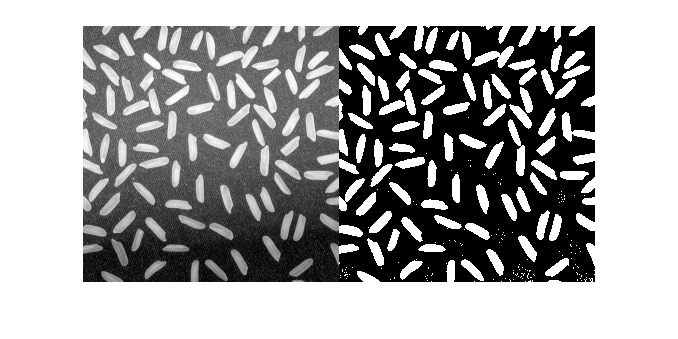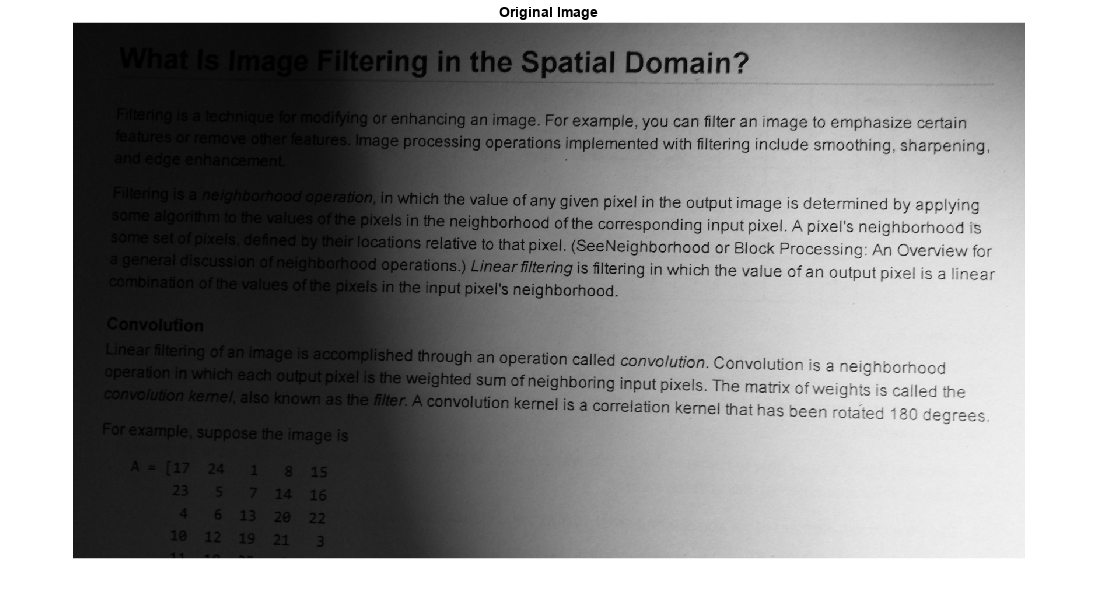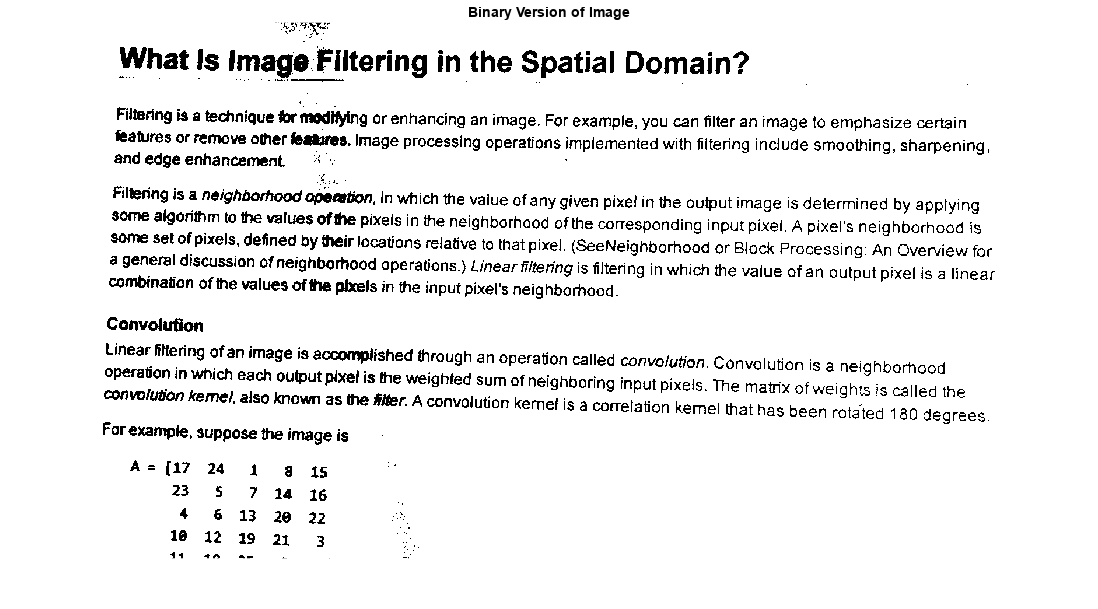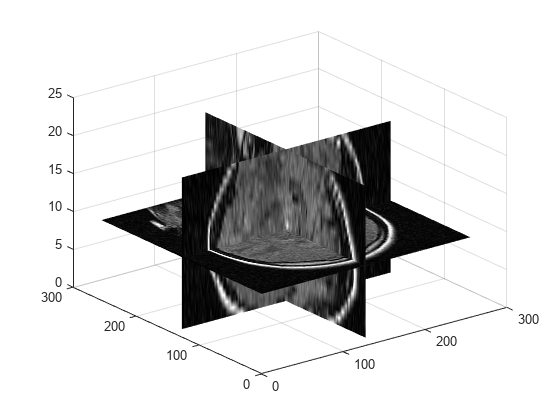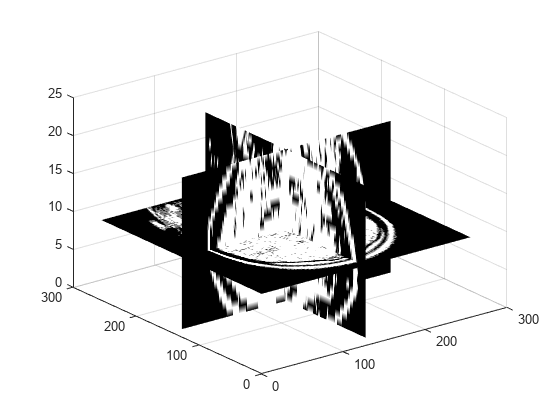imbinarize
通过阈值化将二维灰度图像或三维体二值化
语法
说明
BW = imbinarize(I)1 并将所有其他值设置为 0,从二维或三维灰度图像 I 创建二值图像。默认情况下,imbinarize 使用 Otsu 方法,该方法选择特定阈值来最小化阈值化的黑白像素的类内方差 [1]。imbinarize 使用包含 256 个 bin 的图像直方图来计算 Otsu 阈值。要使用不同直方图,请参阅 otsuthresh。
BW = imbinarize(I,"adaptive",Name=Value)I 创建二值图像,以控制自适应阈值的各个方面。
示例
输入参数
名称-值参数
输出参量
算法
"adaptive" 方法使用局部自适应阈值对图像进行二值化。imbinarize 使用像素邻域的局部均值强度计算每个像素的阈值。这种方法也称为布拉德利方法 [2]。"adaptive" 方法使用约为图像大小 1/8 的邻域大小(由 2*floor(size(I)/16)+1 求得)。要使用其他一阶局部统计量或不同的邻域大小,请参阅 adaptthresh。
参考
[1] Otsu, N., "A Threshold Selection Method from Gray-Level Histograms." IEEE Transactions on Systems, Man, and Cybernetics. Vol. 9, No. 1, 1979, pp. 62–66.
[2] Bradley, D., G. Roth, "Adapting Thresholding Using the Integral Image," Journal of Graphics Tools. Vol. 12, No. 2, 2007, pp.13–21.
扩展功能
版本历史记录
在 R2016a 中推出
另请参阅
graythresh | otsuthresh | adaptthresh | 图像分割器

